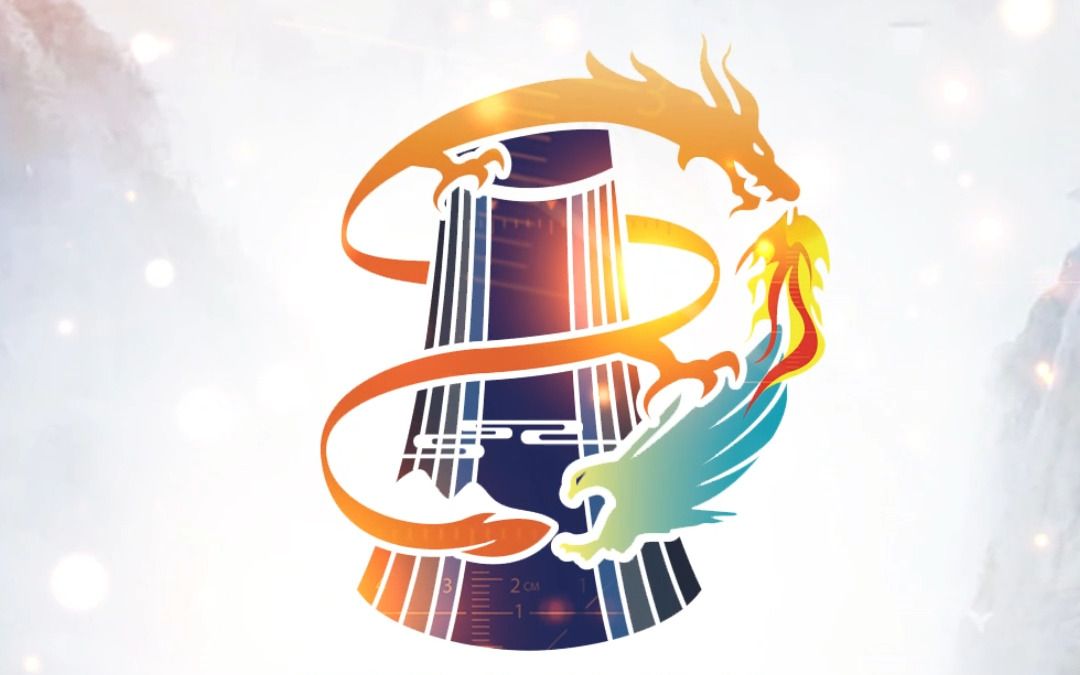经典传承:传统中国马面裙的起源与设计
Origin
The term '马面' first appeared in the 'History of the Ming Palace': 'The rear hem is not cut, but with flaps on both sides, the front hem is divided into two parts, with horse-faced pleats at the bottom, which can be raised on both sides.' However, the history of the horse-faced skirt can be traced back to the Song Dynasty, because the skirts of the Song Dynasty already had the horse-faced shape of the horse-faced skirt.
旋裙 was a functional 'split-crotch skirt' designed for convenience when riding donkeys by women in the Song Dynasty. Meng Hui wrote in '开衩之裙': 'This type of Song skirt is made up of two independent skirt pieces with equal areas, which are partially overlapped and sewn together at the waist. Some unearthed cultural relics also have traces of horse-faced skirts, such as the statue of a Song Dynasty maidservant in Shanxi Jin Ci Cai Tao, which shows the shadow of a horse-faced skirt.
In traditional horse-faced skirts, the color schemes are classical and elegant, with many classic combinations. Traditional Chinese colors are highly compatible with horse-faced skirts. For example, take the five colors of red, blue, yellow, white, and black. Each color has its own style and inclination.
The combination of red and gold is more classic and gorgeous, and it is very suitable for wedding dresses. The combination of gold and green gives a sense of classical elegance, with a distinct historical character and the charm of the Han and Tang Dynasties.
The black and white horse-face dress has a modern and high fashion sense, and it is also suitable for daily wear. There are many color combinations that are not classic, but using refreshing trendy colors will make the overall look more youthful and romantic.
Apart from the ruffles, the most impressive design of the horse-face dress is the intricate and exquisite pattern on the skirt. In Chinese clothing culture, patterns not only express people's beautiful expectations, but also represent social status and hierarchy. For example, the classical patterns include dancing phoenixes, blooming flowers, and some auspicious cloud patterns and crane patterns.
Ming Dynasty horse-face dress
明制马面裙一般用7幅布幅,每3幅半拼成一片裙幅,两片裙幅围合成裙子;裙子的前后叠合的4个裙门保持平整,两侧打活褶,褶子大而疏,用异色的裙腰固定,裙腰两端缝缀系带;裙摆宽大,摆幅上用织或绣的形式缀饰底翩,或膝斓。裙襕的纹饰往往采用寓意丰富的吉祥图案,官宦之家的女性则用更加讲究的龙纹、云蟒纹等。马面和裙襕的组合,成为马面裙变化丰富、摇曳多姿的形制基础。
明朝末年,裙子增至有十幅布幅构成,腰间褶裥愈来愈密,每个褶裥的颜色不同,褶裥内花纹图案不同,色彩娴雅,轻描淡绘,风吹时如月华一般,故名“月华裙”。
清代马面裙
During the Qing Dynasty, Han Chinese women were allowed to continue inheriting the Ming Dynasty style in their attire, while men were not. The decorations on the horse-faced skirt and skirt pleats became more intricate and fine, with pleats ranging from dozens to hundreds. The skirt transformed into a fixed pleat style, with borders between each pleat. This led to the emergence of different styles such as the side pleat style, the skirt edge style, and the phoenix tail style.
Historical value
During the Ming and Qing Dynasties, in order to meet the ruling needs, the Manchu rulers forced Han Chinese to adopt the Manchu dress code of shaving their heads and changing their attire. This resulted in a clothing transformation in Chinese history and intensified the conflict between the Manchu and Han ethnic groups. To alleviate the conflict, the Qing government issued the decree of "ten prohibitions and ten non-adherences", one of which was that men should follow the changes, while women should not. This allowed the horse-faced skirt to be inherited as a traditional attire for Han women.
The Qing Dynasty was the heyday of the horse-faced skirt, and its style changed from the fresh and elegant style of the Ming Dynasty to the luxurious and splendid style of the Qing Dynasty. The decorations on the horse-faced skirt became more elaborate. The side skirt was made of finely pleated pleats or had vertical satin borders. The embroidered patterns on the skirt were rich, and the satin borders were exquisitely adorned, showcasing the exquisite traditional Chinese women's embroidery skills.
世界各国领导人都热衷于穿着民族服装出席外交活动,向全世界展示本民族的文化。彭丽媛出访荷兰,上身穿着黑地牡丹花刺绣饰边对襟大褂,下身搭配淡青色两侧打褶的改良版马面裙,高贵典雅,演绎东方之美的同时更是展示了对中国传统文化的一种自信。

